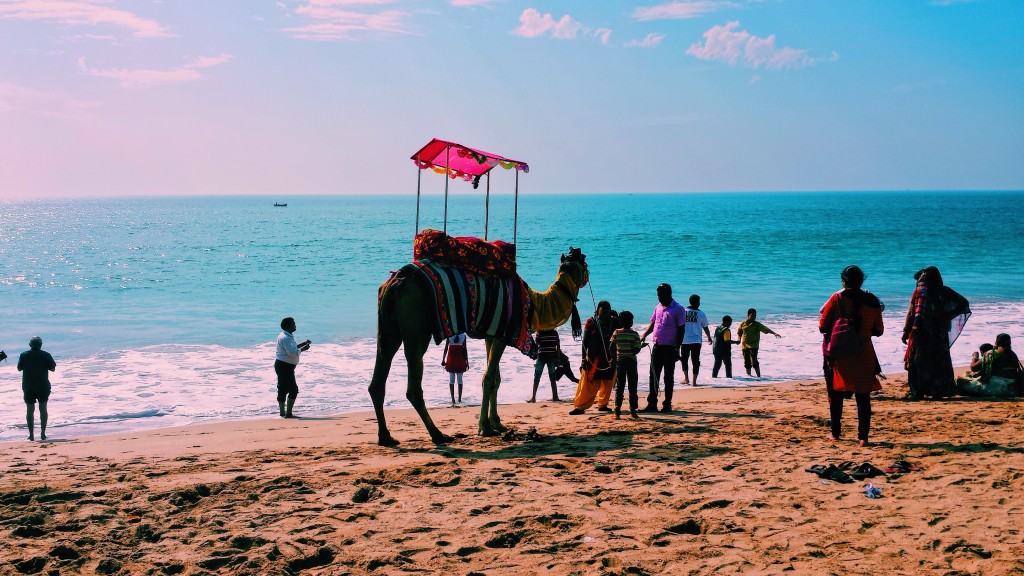
We all love a spontaneous road trip. Packing our bags, grabbing a few friends, and driving off into distant lands—but what happens when you decide not to drive across various states and just explore what’s on your own doorstep? We made a pass at the luxurious backwaters of Kerala, the wonders of the Taj Mahal and the majestic peaks of Shimla to explore our state of Gujarat.
[Read Related: Recreate Gerua’s Dilwale With Your Own Iceland Vacation]
Day One: Anand – Dwarka
With 411 km to cover, we hit the road at 5am in search of one of India’s most cherished pieces of ancient history. Dwarka, meaning ‘Gateway to Heaven’ in Sanskrit, is one of the seven most ancient religious sites in India. Mentioned in the Mahabharat as the Dwaraka Kingdom, it is also noted in Hindu mythology to be the location where Lord Krishna once lived.
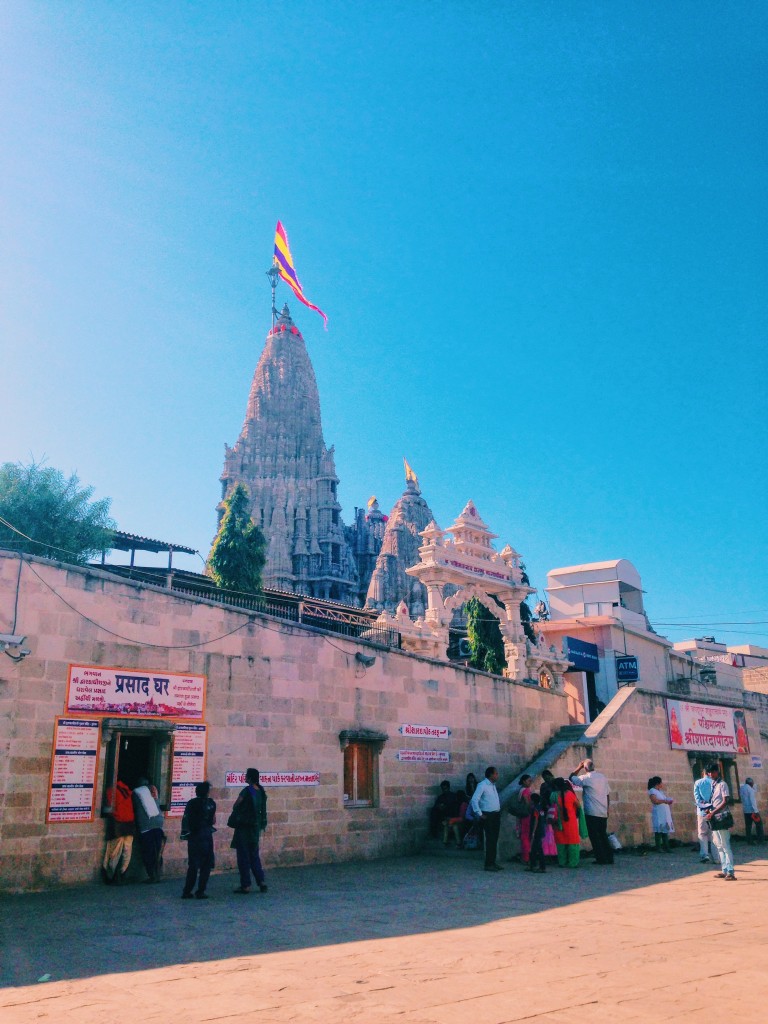
Day Two: Bet Dwarka – Dwarka
Eating breakfast with the local street vendors, we then headed 33 km to the island of Bet Dwarka. Bet Dwarka is also an ancient city recorded in the Mahabharat situated three km off the coast of Okha. Bet Dwarka houses so much history and some say that the deep coastal lines house India’s version of the Lost City of Atlantis.

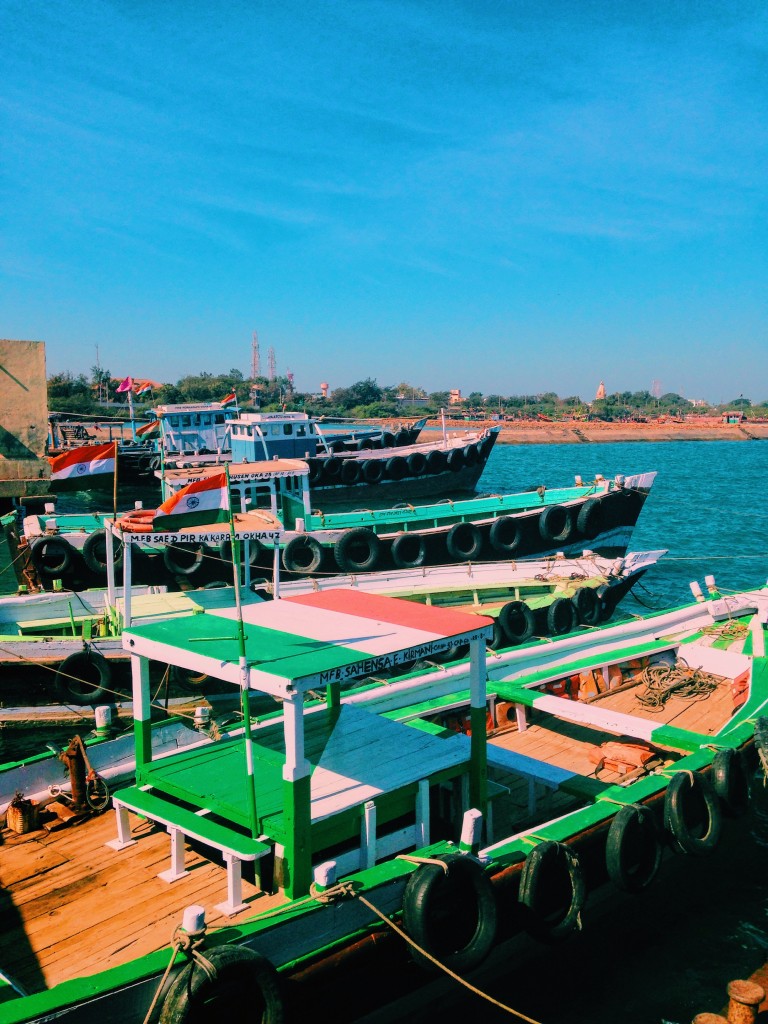
Cities like Dwarka and Bet Dwarka remind me of those places stuck in time, but definitely cities not to miss
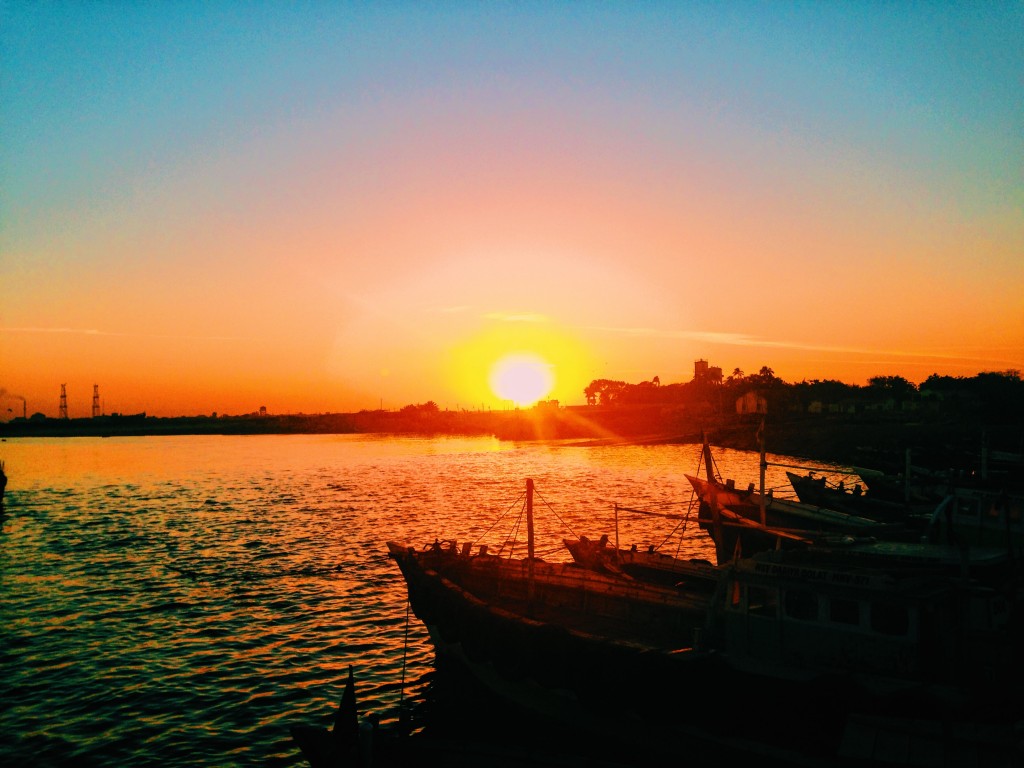
Day Three: Porbandar – Somnath – Diu
Leaving the ancient city of Dwarka, we then headed 104 km to the ancient port city of Porbandar. Best known for being the birthplace of Mahatma Gandhi and Sudama (a friend of Lord Krishna), I instantly fell in love with the exteriors of Porbandar’s small streets and shops.
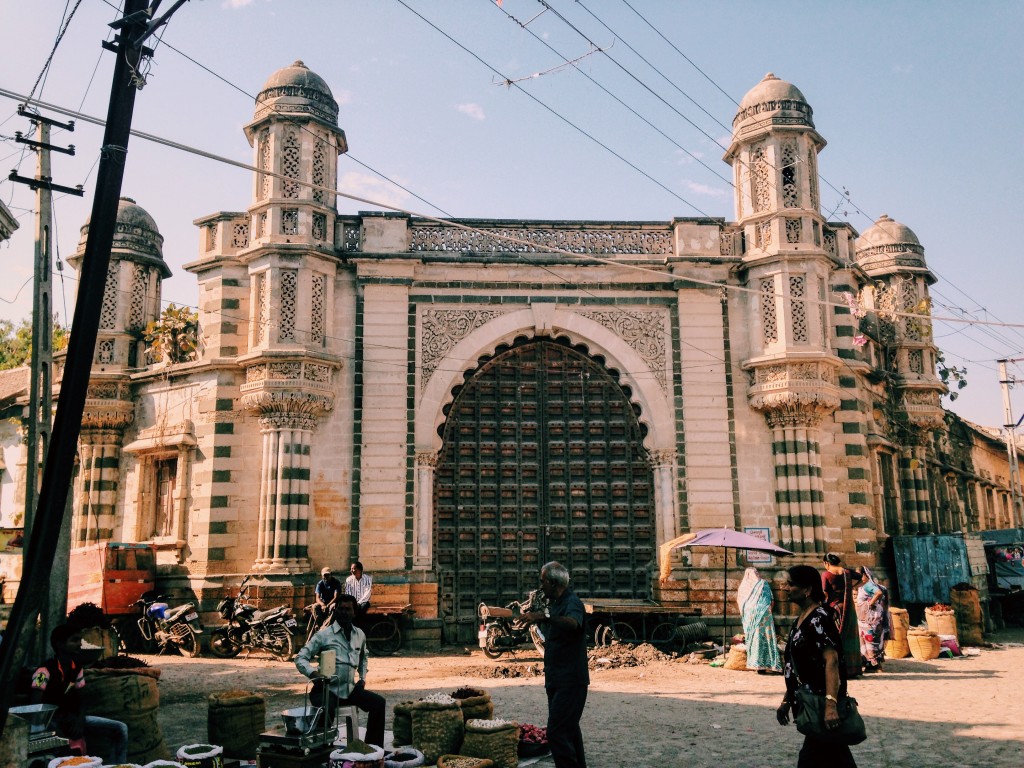
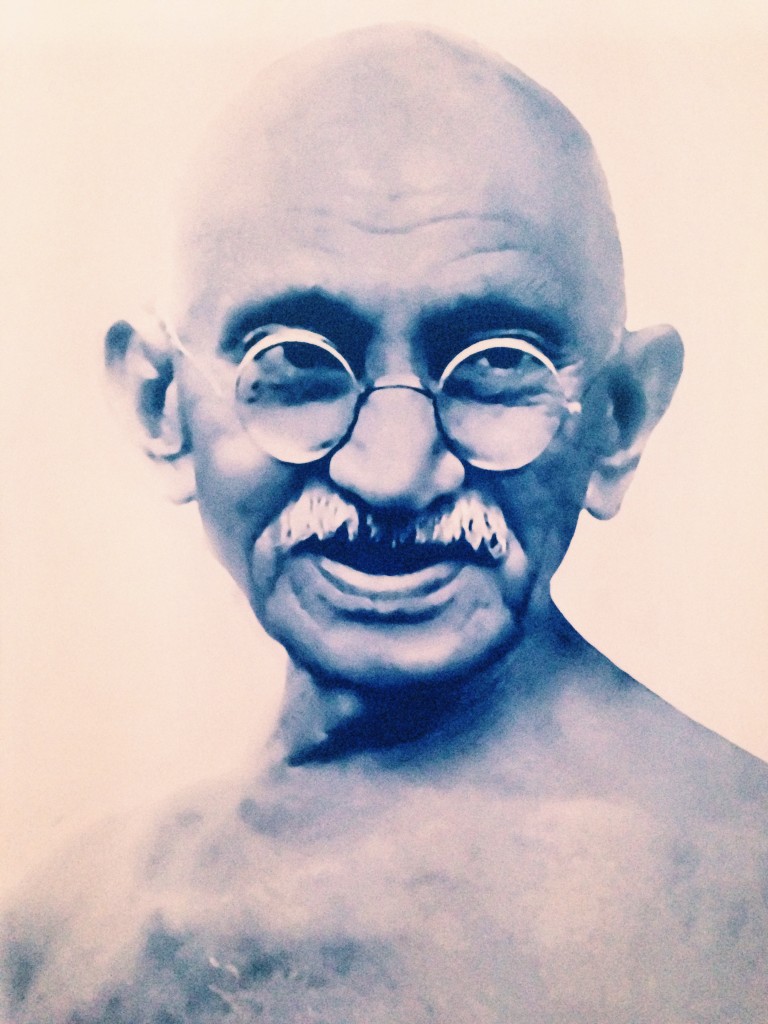
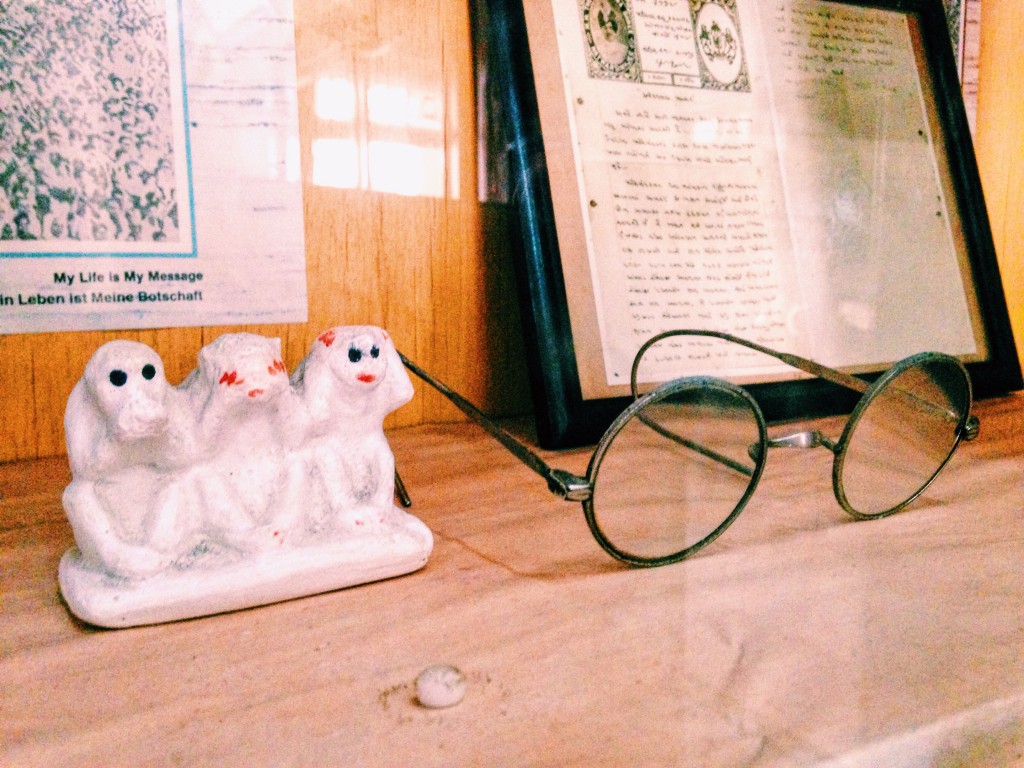
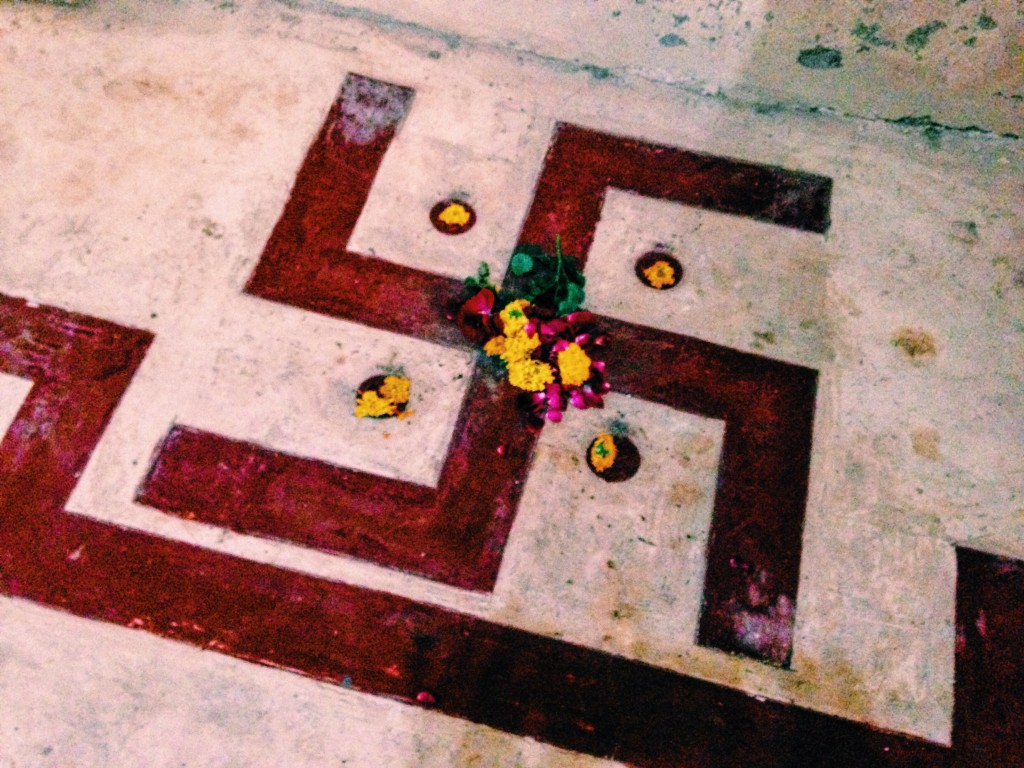
Chowpatty Beach: If you need to stop before your next location, then stop off at Chowpatty beach. Although it’s a small strip, it’s a nice stopping point with sand and good views of the sea… and if you’re lucky you may even see a camel in top hat.
After our quick stop, we then headed 133 km towards Somnath.

After our pit stop in Somnath we then headed 85 km towards Diu.
Day Four: Diu
Starting bright and early, driving through the roads of Diu, its ancient Portuguese roots can be seen on every street corner. As someone who also wanted to see another side of Gujarat’s history, I was super excited to get my archaeological geek on and see Diu’s castles, forts, and caves. Taking a glimpse into Indo-Portuguese, life I can see why Diu is slowly becoming a popular tourist destination for all.

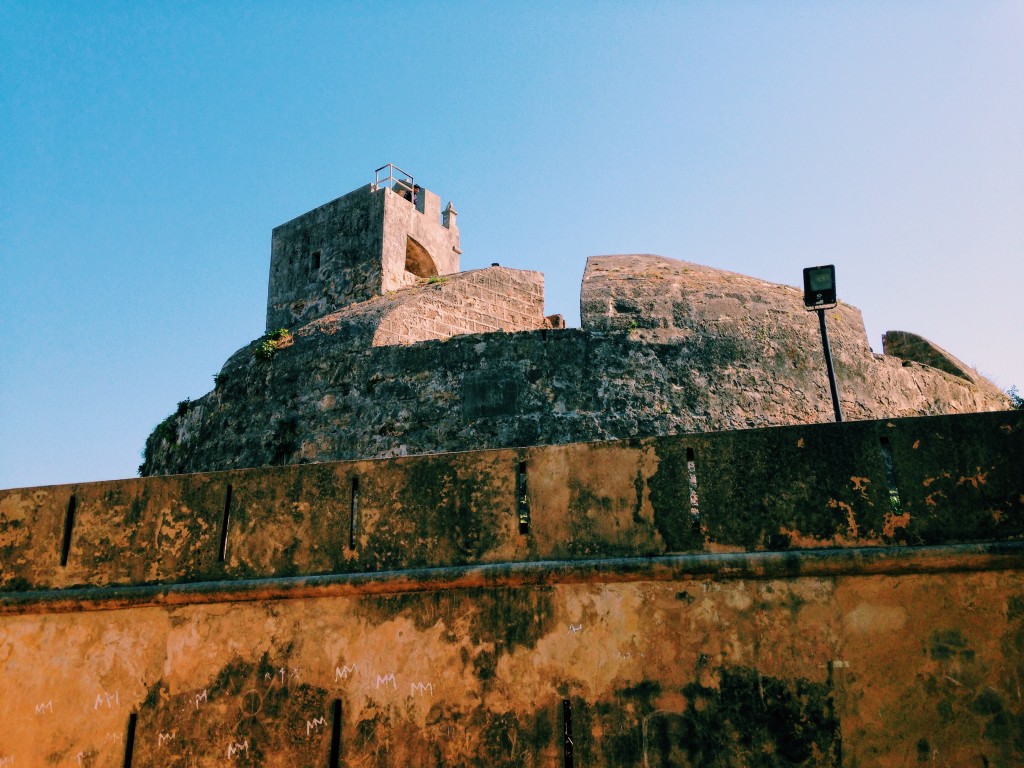
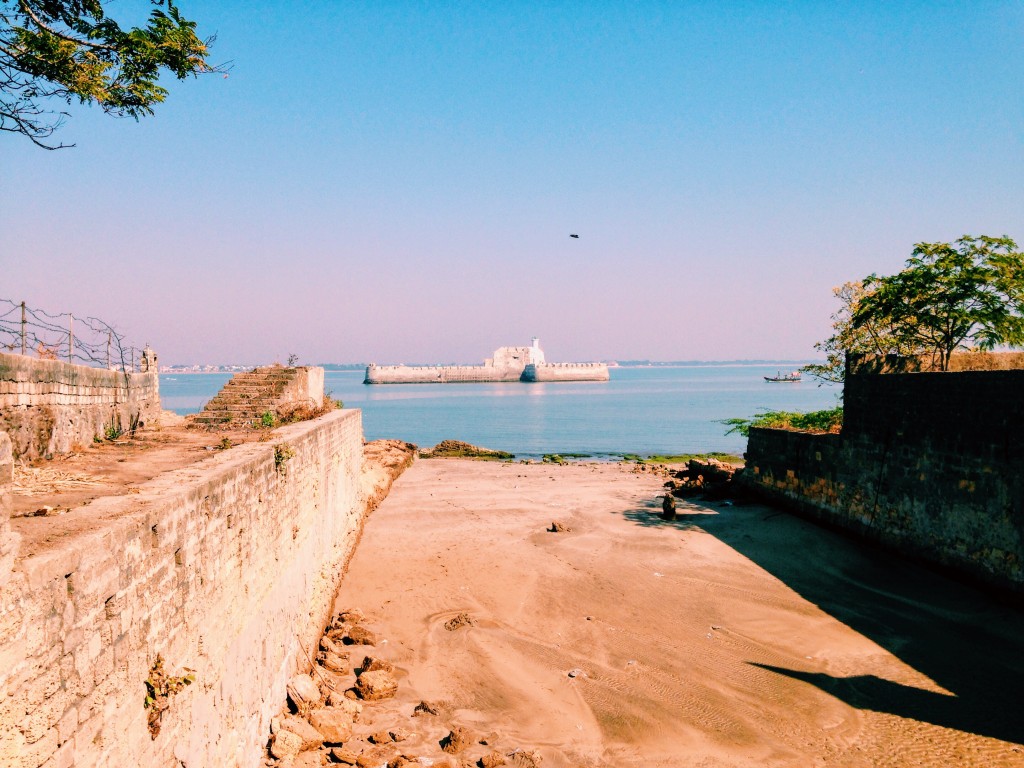

Girnar: Girnar is not for the faint hearted. Older than the Himalayas, Girnar is a range of mountains with 10,000 steps. Many Hindus and Jains come to Girnar as it’s considered sacred and an important pilgrimage site. Girnar can’t be done in one day (unless you’re super fit), and we met some devotees that had started the night before and were only just finishing their journey.
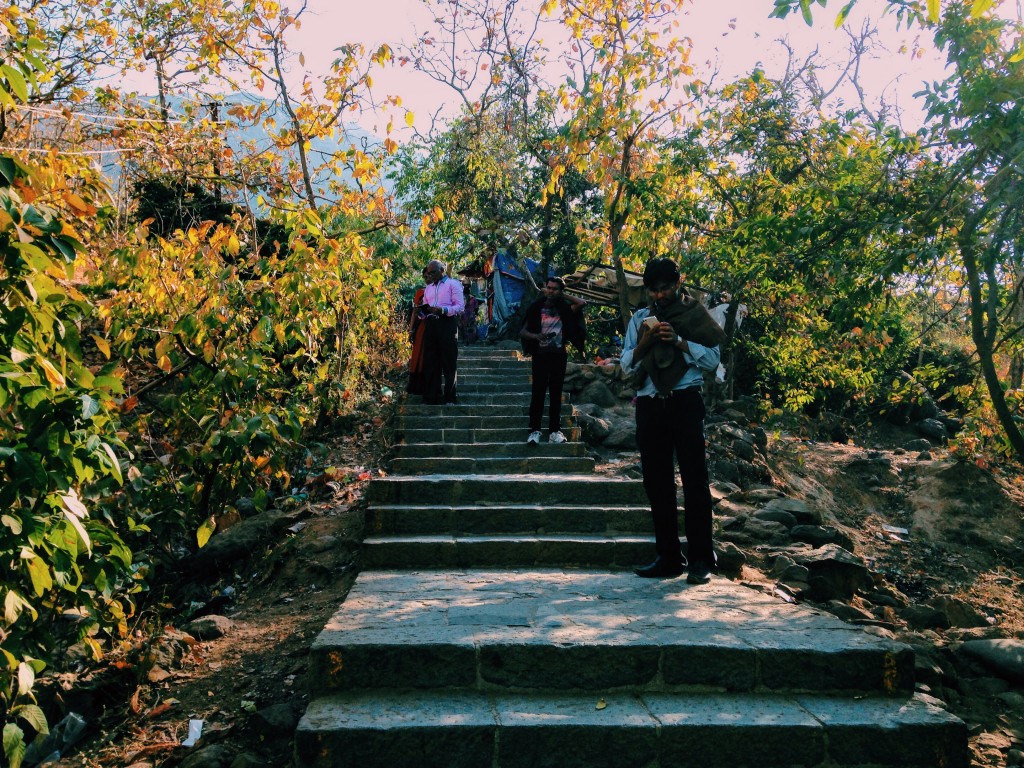

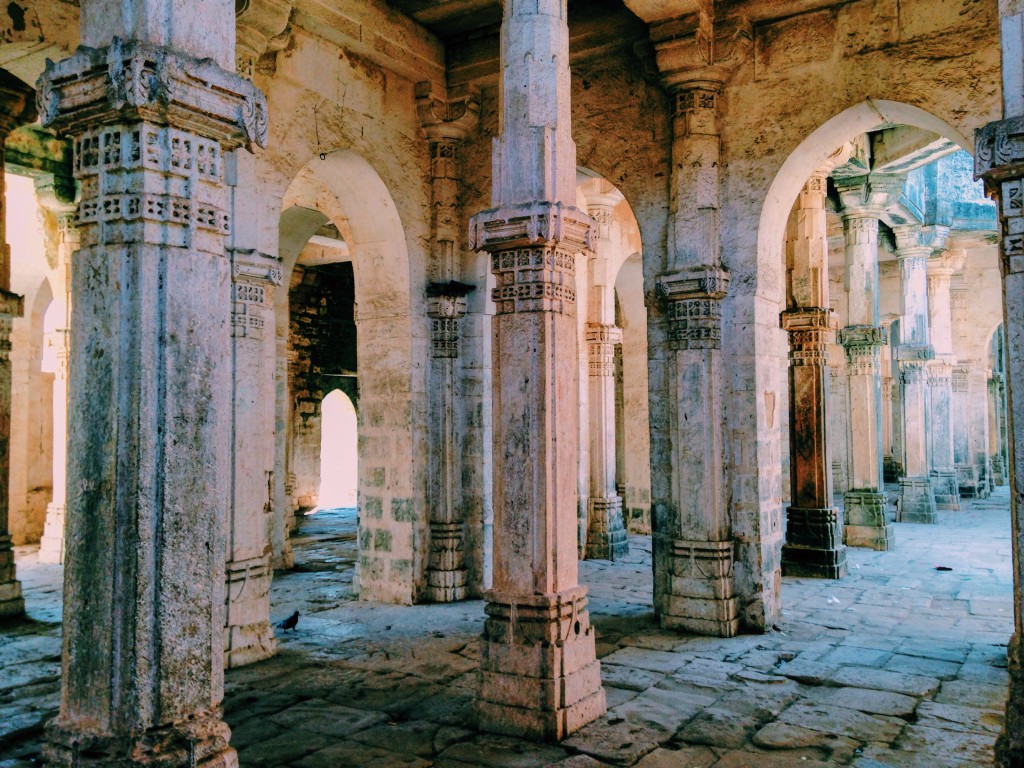
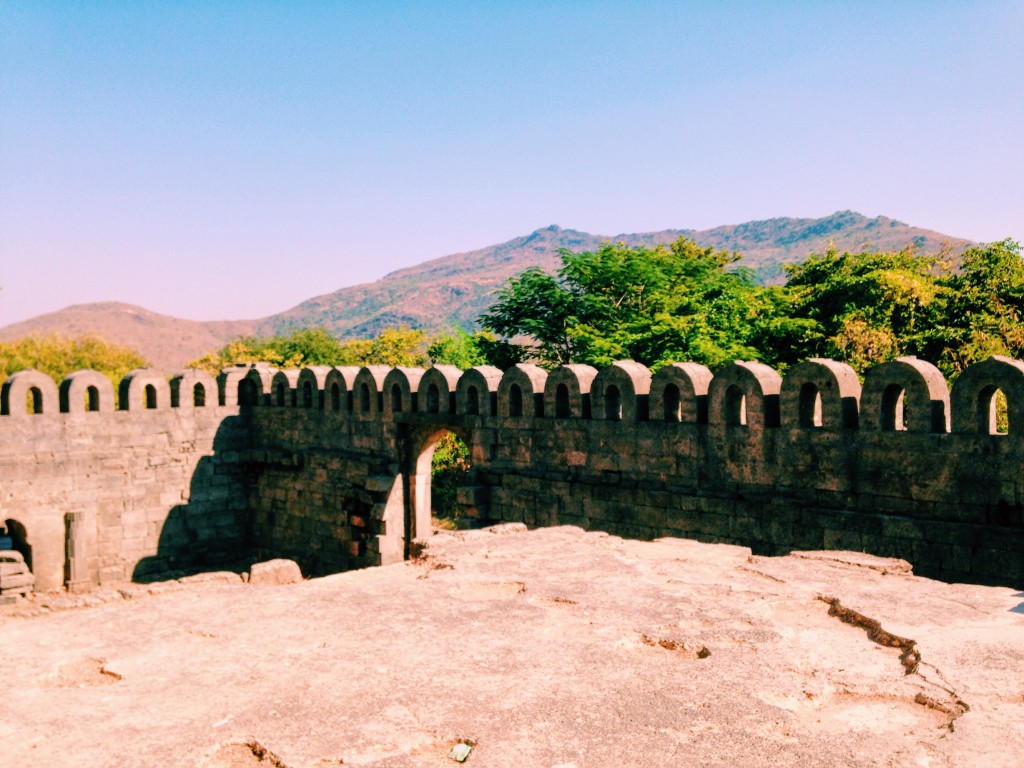
Did I need to travel to a different state to call it a vacation? No. I left Gujarat with so much appreciation of its ancient history, and I can’t wait to go back and explore it further.
[All photos are courtesy of Krina Chauhan.]
If you would like to share a travel story for our weekly #TravelTuesday posts, be sure to email our lifestyle editor Ashni Mehta at Ashni.Mehta@0mq.349.myftpupload.com.
 Krina Chauhan recently quit her corporate life in pursuit of a life-long dream to travel the world. After witnessing many hidden gems, eating her way around through different countries and sharing a laugh or two with the locals, you can now find her pursuing another dream, to write. Krina wants to write about the things she loves and share it with the world, but don’t worry, though, a traveler’s heart never fades, and you will probably find her researching her next destination soon.
Krina Chauhan recently quit her corporate life in pursuit of a life-long dream to travel the world. After witnessing many hidden gems, eating her way around through different countries and sharing a laugh or two with the locals, you can now find her pursuing another dream, to write. Krina wants to write about the things she loves and share it with the world, but don’t worry, though, a traveler’s heart never fades, and you will probably find her researching her next destination soon.




